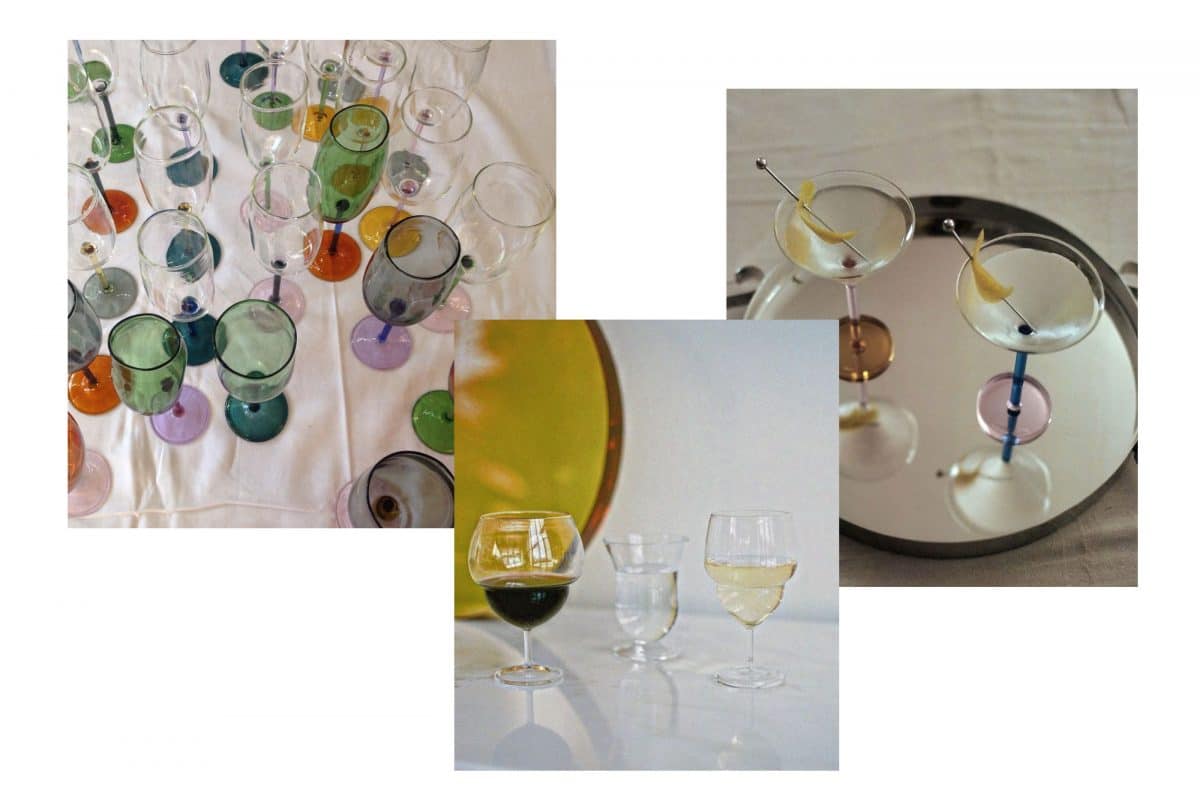
“It was my mom’s in the 80s.” That is the sentence a generation will associate with the word ‘vintage.’ However, technically speaking, at the time Mean Girls premiered, that skirt wasn’t quite vintage – it was just old, it was just her mom’s from the 80s. You see, gather round friends, as there are many technicalities and terms to understand when trying to comprehend the vast expanse that is vintage and antique shopping. In fact, there are terms beyond vintage and antique worth having a base-level knowledge of before making your next retro purchase. In an effort to foolproof your shopping, we’ve dictated a handy vintage vs antique guide to have you prepped and ready for your next trip to a nostalgia shop.
What is an antique?
For an item to be considered as antique, it must be at least 100 years old. This applies to all items, no matter the material from which they are made. Commonly sought antique items are more durable, longstanding pieces from the past like furniture, paintings and tapestry, but glassware and books more than 100 years old are also considered antique if they have survived.
How does one define a vintage item?
Vintage items are not as old as antiques and this is the most plainly distinguishable difference between the two terms. However, unlike the definition of an antique, defining something as vintage is much more subjective; the word itself meaning “of age.” Most antique dealers and experts consider an item to be vintage if it is at least 40 years old.
Vintage items are known for being nostalgic and sought after for more reasons than simply their age, with some seeking them out for decorating and collecting purposes. They have traditionally captured a sense of the past that is inherent to culture, whether it be an original publication of a book, a pair of shoes or an instrument.
Where do artefacts factor in?
To add more technical terminology to the realm of vintage vs antique, items that are more than 300 years old have their own classification as an artefact. Artefacts fall into two different categories depending on if they are a manmade creation or a natural find:
- Fossils: If an item is not manmade and is an impression of a formerly living item.
- Artefact and/or antiquities: If an item is manmade and more than 300 years old.
When perusing your local vintage vendor, you are unlikely to come across an artefact sitting on the shelf ready to be re-homed as items greater than 300 years of age are typically dug up during land developments or through archaeological digs. However, sometimes you may strike gold in the most unlikely of settings, with artefacts found in basements, attics and private collections from time to time.
And what about collectibles?
Thought we were done at artefacts? You would be boldly mistaken. Collectibles are worth more over time than when they were initially purchased. While many items will be branded as ‘collectible,’ not all actually qualify for the label. This is dependent on make, provenance and quality and is a term often overused in an attempt to add value to an ordinary object. It is best to exercise a level of buyer caution in this space.
To get you in the mood for antique shopping, we’ve selected our three favourites from each state an territory:
New South Wales
Mitchell Road Antique and Design Centre
Victoria
Hunted Antiques and Collectibles
South Australia
Callan’s Collectibles Port Elliot
Queensland
Tasmania
Western Australia
South Perth Antiques and Collectibles
Australian Capital Territory
Northern Territory
Unique Antiques Furniture and Gift
BFM Distributors
Image: Instagram



